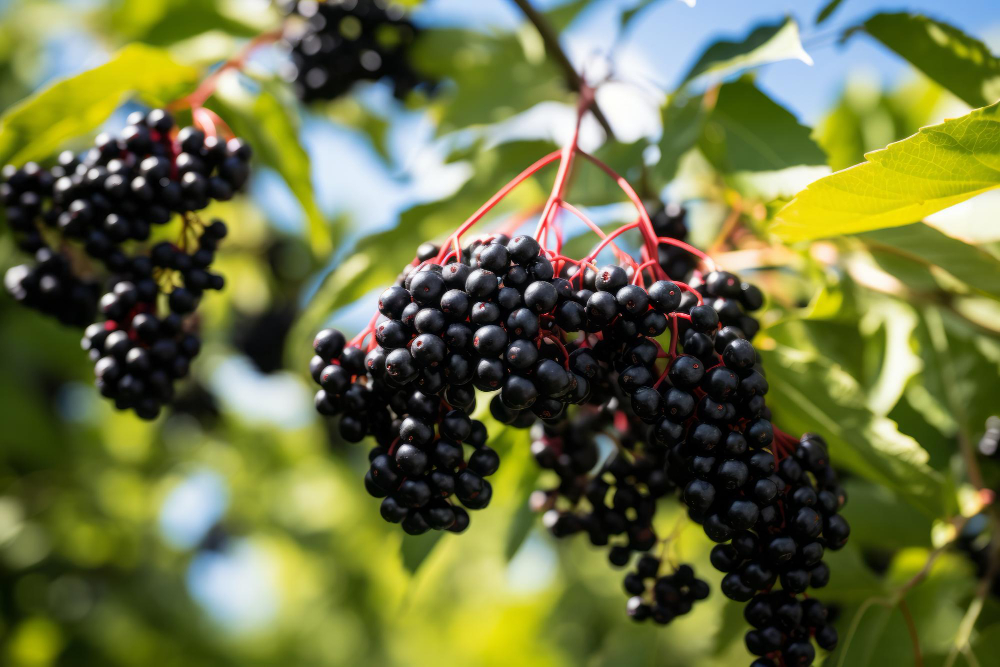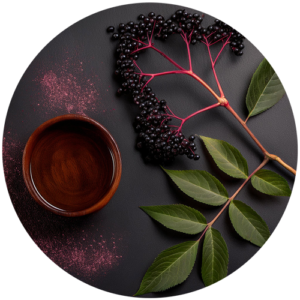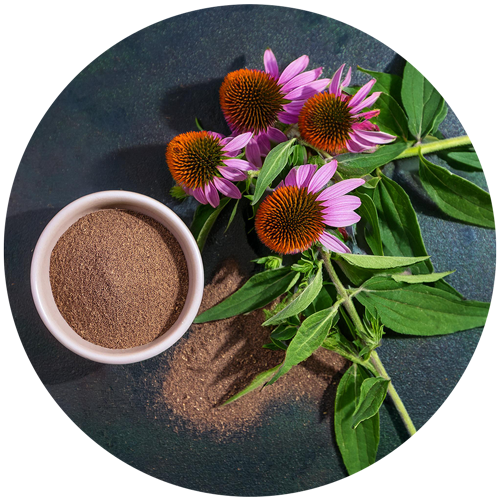

ELDERBERRY
 Upper airways
Upper airways  Immune system
Immune system  Blood glucose
Blood glucose  Slimming
Slimming  Renal function
Renal function  Antioxidant
Antioxidant Elderberry is native to Europe, North Africa and parts of Asia. It is commonly used to boost the immune system and soothe the respiratory tract.
Our references
Regulations
and analysis
Identification: TCL
Data on traditional use:
Cahier de l’agence du médicament: (flower or fruit)
- Facilitates the body’s elimination functions
- Weight loss to complement dietary measures
- Promotes renal elimination of water
EMA monograph: (flower)
- Used for the upper respiratory tract
Canadian monograph: (fruit or flower)
- Used for the upper respiratory tract
- Renal water elimination
- Fruit source of antioxidants
German monograph: (flower)
- Used for the respiratory tract
WHO monograph: (flower)
- Used for the upper respiratory tract
- Used for headaches
- Used for transit
- Used for joints
Association ideas by health axis
Select one or more axes:

Detailed description
The berries of the Sambucus nigra shrub, also known as elderberry, are black berries that grow in clusters. They are associated with compound leaves with serrated edges and small white flowers, typical of elderberry. Fruits are spherical, measuring around 5 millimeters.
Historically, elderberries were used for herbal preparations and tinctures. They are also processed into syrups and used for infusions.











